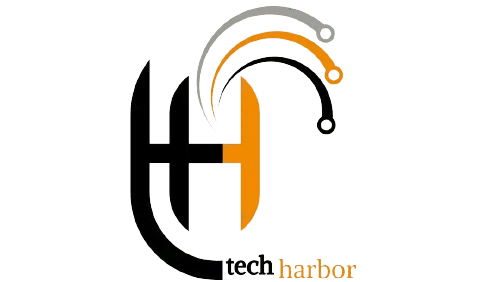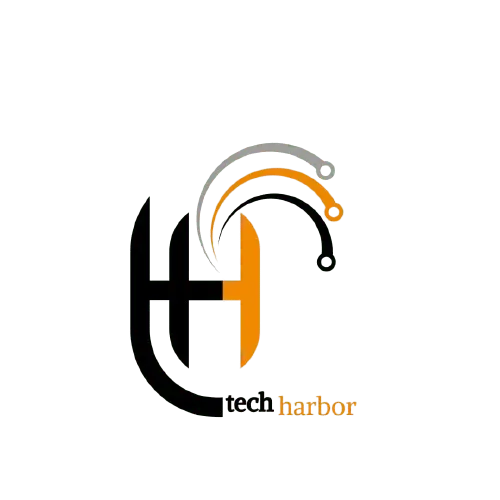UnveiIing Future: IT Services in the Era of Intelligent Connectivity
Table of Contents
In the dynamic landscape of the Information Technology (IT) services industry, where innovation is the
driving force, businesses find themselves at the intersection of technological prowess and evolving
market demands. This blog delves into key trends shaping the future of IT services, presenting a unique
perspective on the industry’s evolution.
Intelligent Connectivity: A Nexus of Technologies
As the beating core of IT services, intelligent connection arises. It involves the seamless integration of
technologies such as Cloud Computing, Edge Computing, and 5G, not merely the transfer of data. This
collaboration is opening up previously unheard-of opportunities and changing how companies function
and engage with their digital environment.
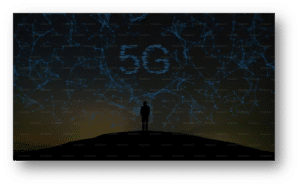 5G Network
5G Network
Agile Workforce Models
Hybrid work arrangements redefine the future of work. The rise in popularity of remote and
hybrid work styles can be attributed to the epidemic. IT service providers guarantee safe remote access,
strong connectivity, and teamwork solutions that enable geographically dispersed teams during
changes.
Quantum Leap in Automation
The world of IT services is being redefined by automation and AI. Machines that can grasp, learn, and
adapt in addition to doing tasks are the ones of the future. An age where IT service providers coordinate
intelligent automation, optimized workflows, and offer efficiency beyond traditional bounds is being
ushered (brought) in by AI and Software 2.0
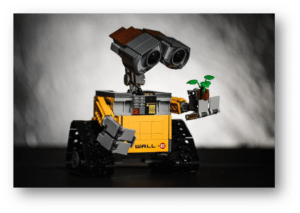 A field of blue cubes with a white “t3” on each. the cubes are lit from above casting long shadows
A field of blue cubes with a white “t3” on each. the cubes are lit from above casting long shadows
Green IT Services for Sustainable Innovation
IT practices begin to prioritize sustainability. IT service providers are architects of the future of green IT,
not merely tech enablers. The goal is to minimize carbon emissions while maximizing performance, from
eco-friendly development methods to energy-efficient data centers.
Blockchain Beyond Cryptocurrency
Blockchain is more than just a cryptocurrency. Through decentralized applications, it’s revolutionizing
industries outside banking (dApps). Blockchain’s transparent and unchangeable structure fosters process
trust and innovation in supply chain management, healthcare, and other fields
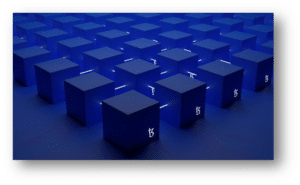 A grid of blue cubes with white lettering on each
A grid of blue cubes with white lettering on each
Customer Focus for IT Services providers:
The client is the main focus. IT service providers use AI-driven insights and data analytics to tailor
experiences in a world where options abound. The goal of using technology to improve client
connections is seen in everything from personalized solutions to predictive analytics.
Continuous Learning: The Lifeline of IT Professionals
The path of an IT professional is one of constant learning. Investing in learning is necessary to stay
relevant in an industry that is changing at a rapid pace. IT workers may ride the innovation wave with
the help of online courses, workshops, and certifications
 Minimalist workspace with a partially open laptop on a dark wooden desk and a stylish white chair.
Minimalist workspace with a partially open laptop on a dark wooden desk and a stylish white chair.
Conclusion: Paving the Path to Tomorrow
It’s not just about keeping up; for businesses navigating the complicated world of IT services, it’s about
taking the lead. Those who value sustainability, embrace intelligent connectivity, and properly use
cutting-edge technologies will win the future. IT service providers are architects of the digital future, not
just collaborators.
Glossary: IT Services in the Era of Intelligent Connectivity
intelligent Connectivity: Seamless integration of technologies like Cloud
Computing, 5G, and Edge Computing
Software 2.0: A paradigm shift from traditional, human-written
code to machine-written code
Edge Computing: Edge computing is when computer processing
happens closer to where the data is created,
rather than in a central location, making things
faster and more responsive
Cloud Computing: Cloud computing is a technology that allows you
to access and use computing resources (like
servers, storage, and software) over the internet.
Green IT: Environmentally sustainable IT practices
Agile Workforce Models: Flexible and adaptive work models, including
remote and hybrid work
Customer-Centric: Focus on creating solutions and experiences
tailored to individual customer needs
Continuous Learning Ongoing education and skill development for IT
professionals
DApps: DApps, or decentralized applications, are computer programs that run on blockchain technology, distributing their processing power across a network of computers, making them secure, transparent, and not controlled by a single authority
Blockchain: Blockchain is a decentralized and secure digital ledger that records transactions across a network of computers in a tamper-resistant way.
